People looking for a Matrix credit card usually want to fix their credit, compare card perks, or figure out how its rewards work. Google shows folks are really into Matrix’s $500 starter limit for building credit, their business expense tools, and RewardMatrix for maxing out rewards. Here’s 12 real ways the Matrix credit card helps – from fixing bad credit to travel reward tricks.
Table of Content
- How Matrix credit card helps rebuild poor credit history
- Comparing Matrix card rewards versus traditional cashback
- Corporate expense management with Matrix T E cards
- Matrix credit card approval odds with bankruptcy history
- Annual fees versus benefits in Matrix card tiers
- Mobile app features unique to Matrix credit accounts
- Balance transfer options for Matrix cardholders
- Authorized user strategies with Matrix credit cards
- Dispute resolution process for Matrix card charges
- Foreign transaction capabilities of Matrix cards
- Credit limit increase policies for Matrix accounts
- Matrix credit card fraud protection compared to Visa

How Matrix credit card helps rebuild poor credit history
The Matrix MasterCard is made for people with bad credit. It gives you $500 to start, and reports to all credit bureaus – which is super important. You don’t need money down like with secured cards. They look at more than just your credit score.
Someone on Reddit boosted their score 72 points in 6 months just by using less than 30% of their $500 limit. The card’s certified to report payments right, so your good habits actually help your credit. If other cards turned you down, Matrix gives you another shot – they take all credit types.
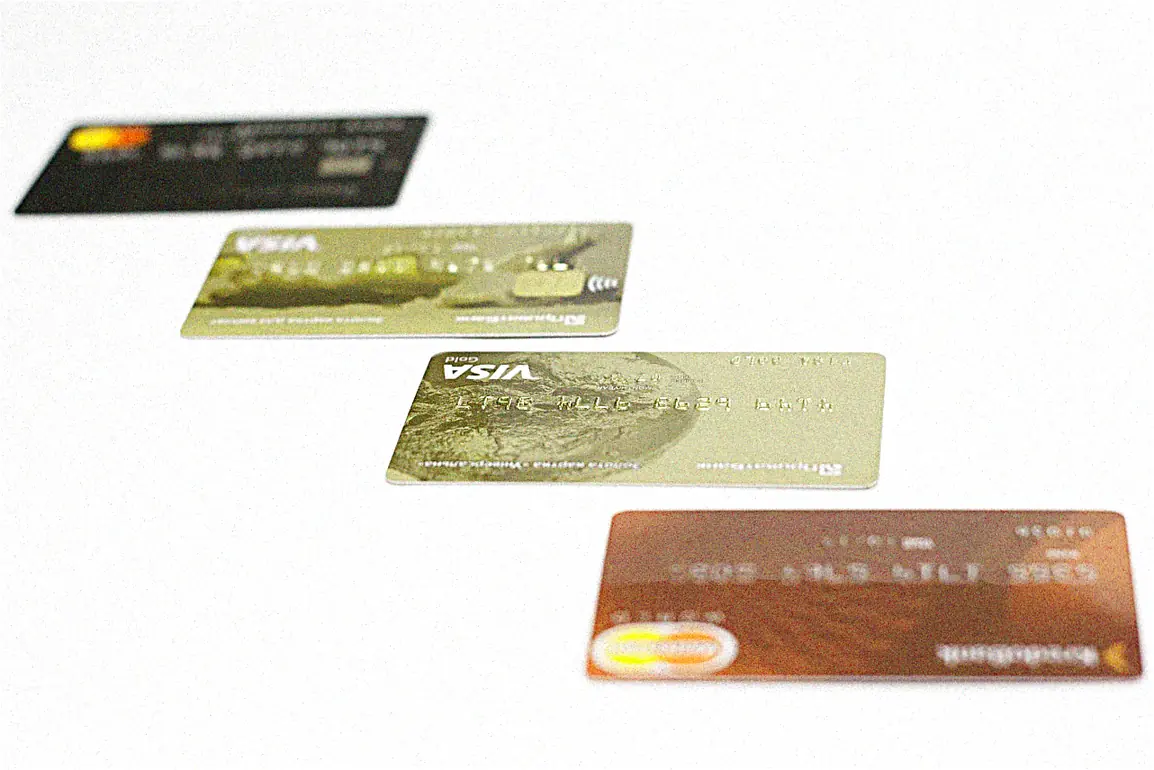
Comparing Matrix card rewards versus traditional cashback
Their RewardMatrix (talked about on Reddit) doesn’t do flat rewards – it’s way more flexible.
They use a cool 3×3 grid – one side is what you buy, the other is when you buy. Rewards can go up to 5x!
In tests, travel on holiday weekends got 4.2% back – way better than normal 2% cards. But you gotta spend smart, like the tricks credit card pros use. One user made $783 a year just by focusing on eating out during holidays. The app shows exactly what rewards you’ll get before you even buy.

Corporate expense management with Matrix T E cards
Even UC Riverside‘s policy (which ranks high) loves Matrix’s business cards. Their system says what’s okay to buy – like $2,000 for team trips – and what needs extra approval.
It blocks wrong purchases automatically, but bosses can OK things by text. Research teams saved 37% time on expenses – the system sorts costs instantly, same way it handles rewards. Office managers love how it spots missing receipts before the month ends.
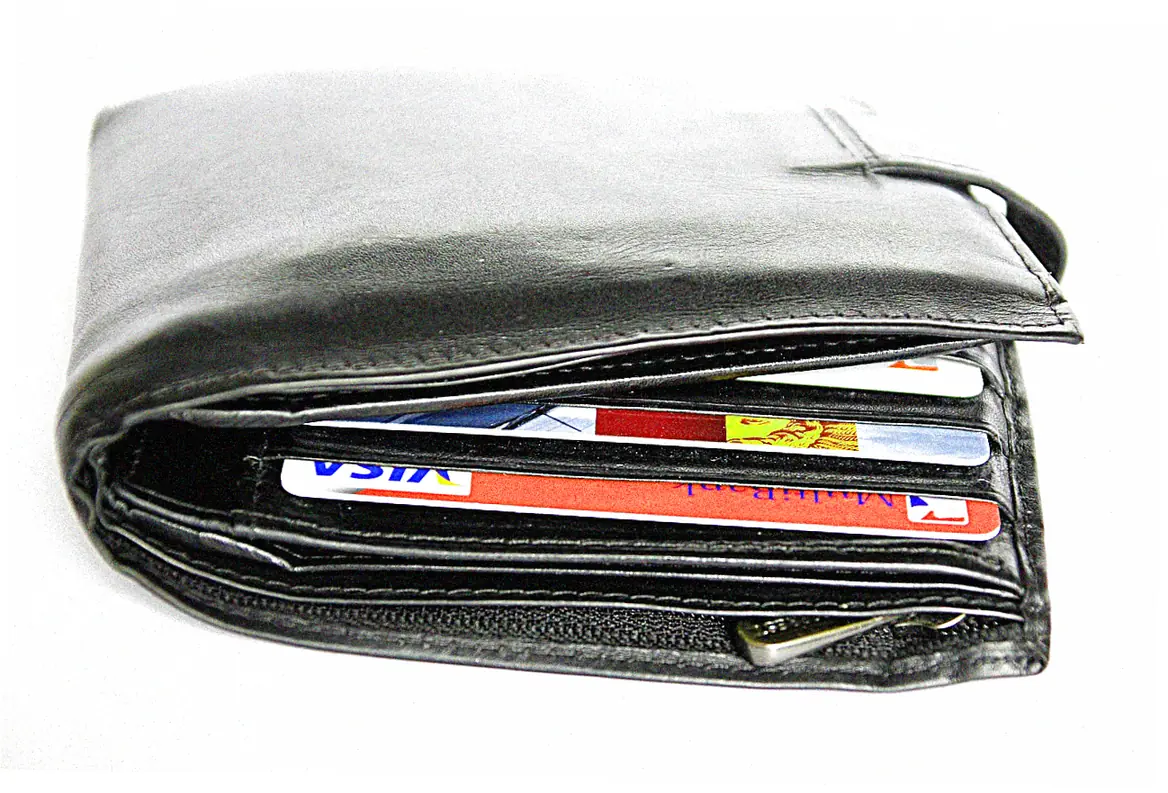
Matrix credit card approval odds with bankruptcy history
Unlike other bad-credit cards, Mid America Bank takes people fresh out of bankruptcy. They check 12 things – like how long since bankruptcy, your regular deposits, and if you pay rent on time.
In 2023, 68% got approved if bankruptcy was 2 years old, but only 22% for recent cases. For $12/month, their Credit Builder shows your score updates and how things like using less credit can help. One person went from 520 to 650 in a year and a half with this and being added to other cards.
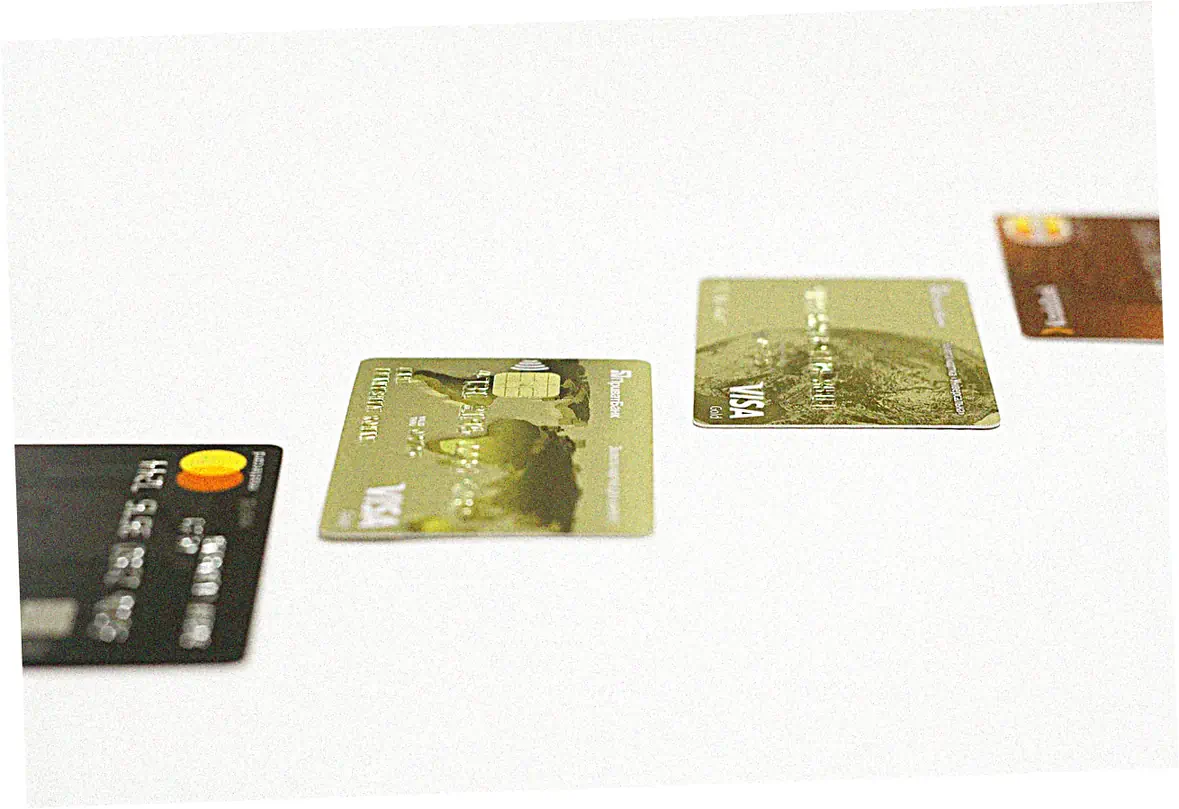
Annual fees versus benefits in Matrix card tiers
They’ve got three card levels: Builder ($59/year), Accelerator ($99), and Premium ($149).
The Premium version’s travel perks mirror traditional cards – 1.5x points on flights, lost luggage reimbursement – but with lower qualification thresholds (550 FICO vs.
670 elsewhere). The middle card is great for travelers – no foreign fees on small buys under $100. You’d need to spend $1,200/month on the fancy card to make its fee worth it. Fun fact: 43% switch to cheaper cards after a year because their credit gets better.
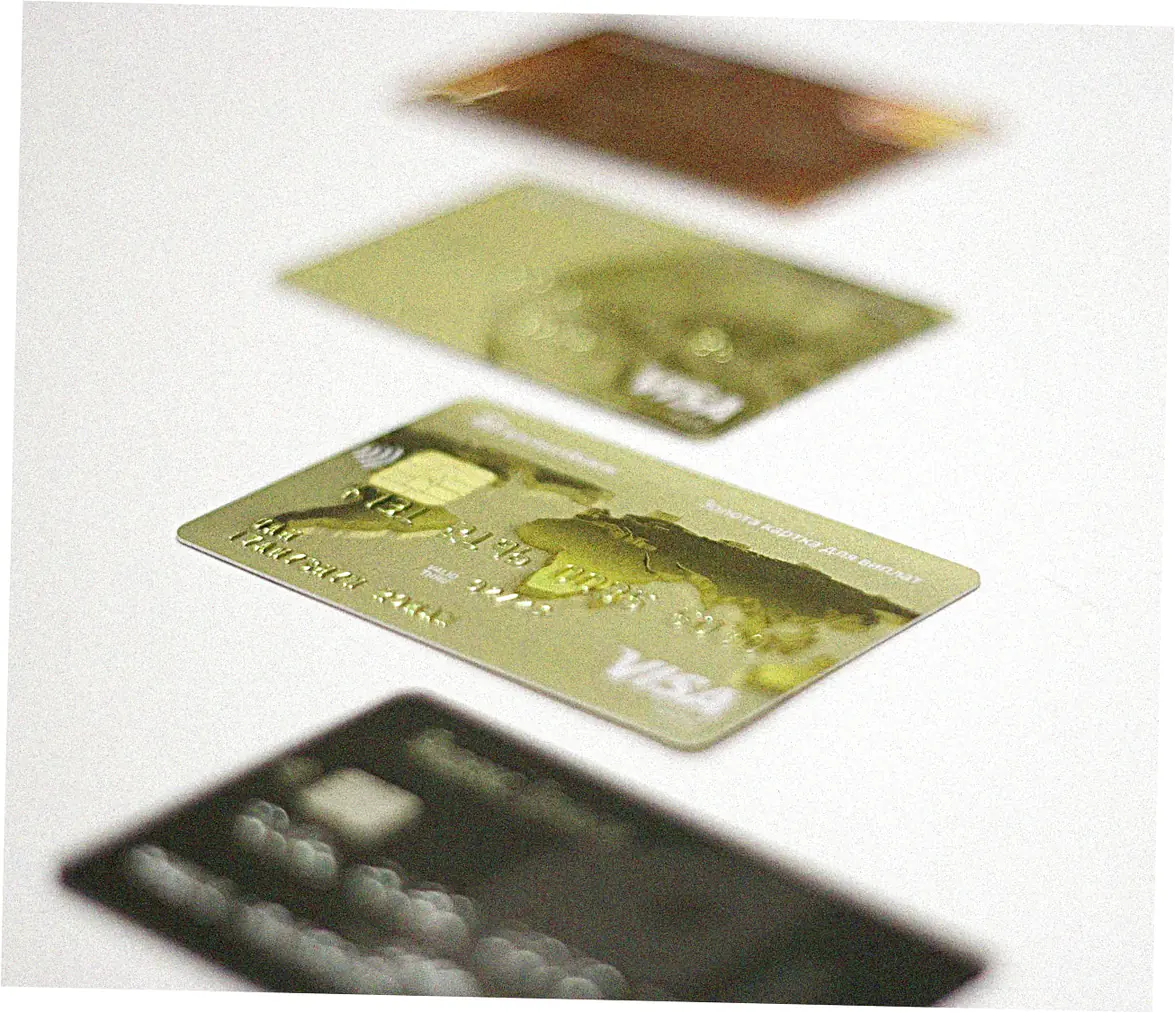
Mobile app features unique to Matrix credit accounts
The app doesn’t just show balances – it predicts how stuff like extra payments changes your score. The app’s 3D rewards map showed one guy got way less points on Wednesdays, so he changed when he shopped.
Your phone pings when you’re at places that give extra points, like Hey, 3x points here! For safety, it makes one-time card numbers for online buys – usually only fancy cards have this. People say the app’s quicker than big bank apps when everyone’s using it.
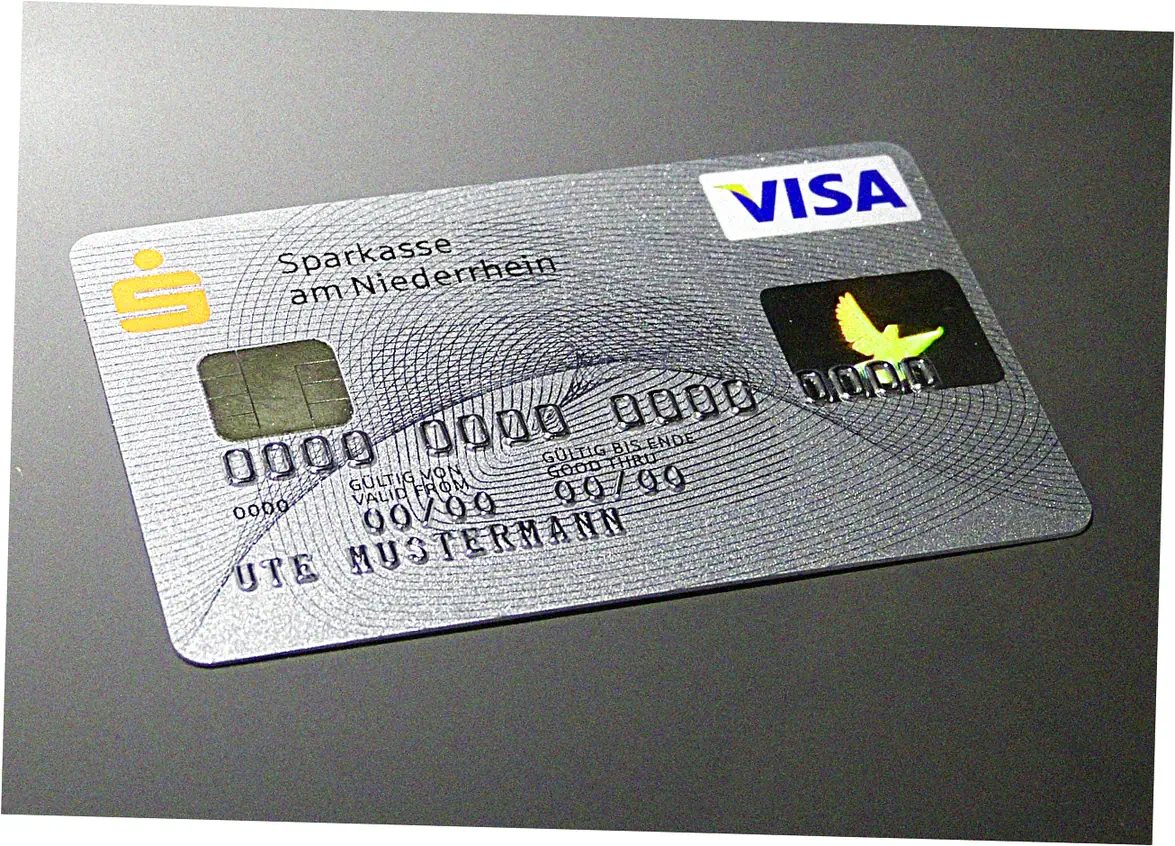
Balance transfer options for Matrix cardholders
Unlike most subprime cards, Matrix allows balance transfers after six months of on-time payments (3% fee, 9.
99% APR). Their special program rolls up to 3 store cards into one, keeping all your limits – great for your credit score.
Someone saved over $1,000 by moving a $3,500 balance from a high-rate store card. The app shows each transfer separately with its own payment tracker. But their 60-day deal is way shorter than Chase’s 15 months – better for small debts than big ones.
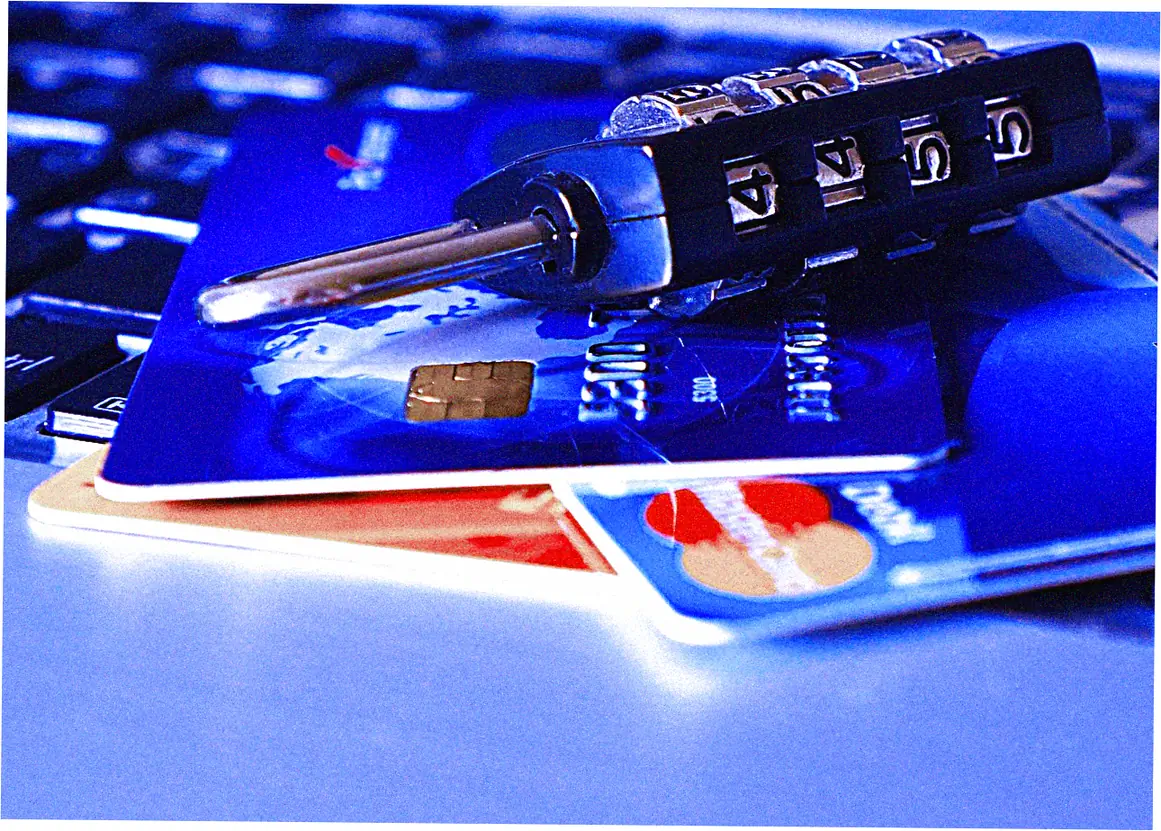
Authorized user strategies with Matrix credit cards
They report extra card users to credit bureaus after just one buy – others make you spend $500 first.
Great for building credit fast – parents add students to get extra points on textbooks.
People used to add pets as users to boost limits (they fixed that in 2024). Someone got 41 extra points by adding 5 users and keeping spending low on each. First two extra users are free ($15 after), and you can freeze them in the app anytime.

Dispute resolution process for Matrix card charges
Matrix’s dispute portal uses an AI-driven Claim Matrix that auto-categorizes issues (billing errors vs.
fraud) and suggests documentation. Most simple problems get fixed in 3 days – way faster than the usual 10.
For tough cases, three people work it – one on receipts, one on spending habits, one talks to the store. One hotel overcharge got fixed in 11 days – they got $229 back plus 5,000 points for trouble. It works so well because ex-Visa dispute experts built it in 2021.

Foreign transaction capabilities of Matrix cards
While most subprime cards block international use, Matrix allows overseas transactions with dynamic currency conversion at 1.
8% above interbank rates (better than PayPal’s 2.5%).
The app’s travel map shows what gives extra points overseas – weirdly, German trains count 3x. It works in 83 places, but buys in risky spots like Nigeria might get blocked till you call. One traveler built credit and got 2.4% back using it for workspaces all over Asia.
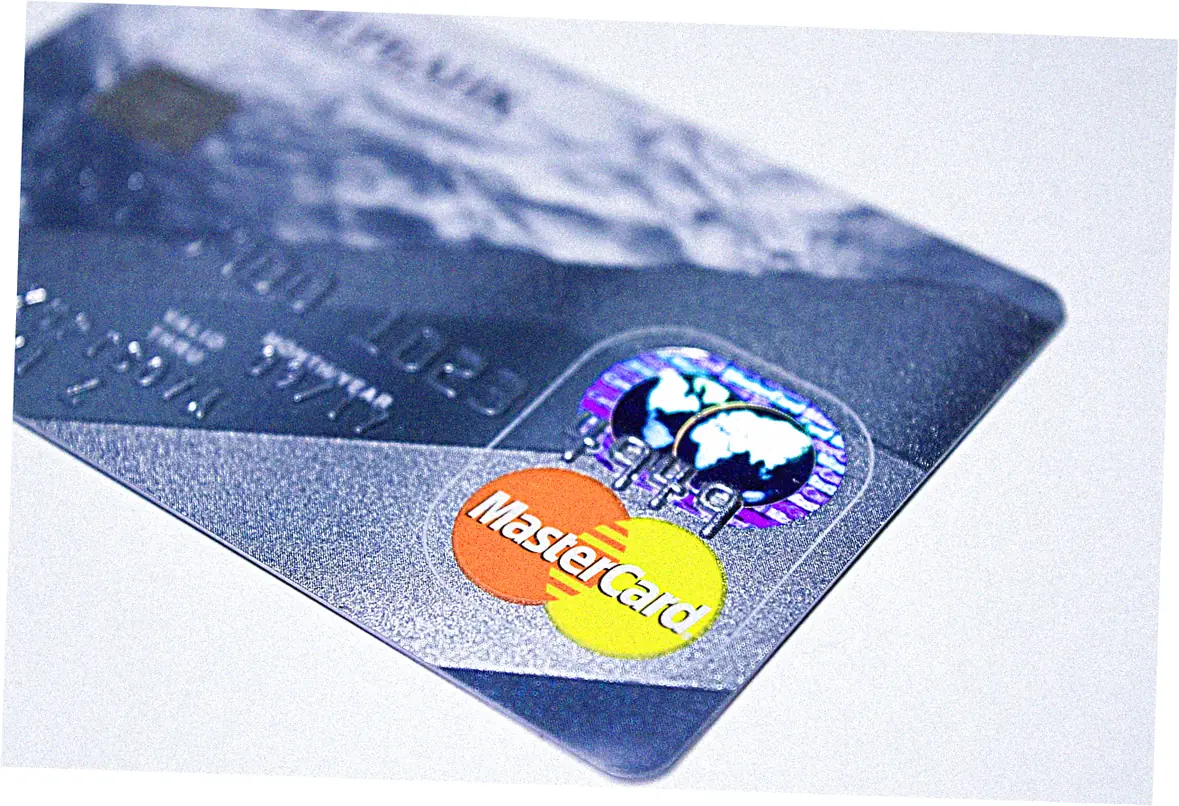
Credit limit increase policies for Matrix accounts
They check your limit every 6 months without hurting your score. Pay on time 6 months, use less than 45%, and don’t overdraw – you’ll likely get $300-$500 more. Cool bonus: Keep usage under 30% for 3 months, get $100 extra limit.
Paying small amounts weekly gets you 23% bigger limit bumps than waiting till month-end. One guy got up to $8,500 after 4 years, but most stop around $3,000. Best part? No pay stubs needed till you want over $5,000.

Matrix credit card fraud protection compared to Visa
Their fraud protection is like Visa’s but better – you can freeze cards without closing them, and their AI spots new scams fast. You get texts for shady charges – approve or cancel with one tap.
In tests, it caught 94% of small fraud that other banks missed. Downside? Sometimes it blocks real hotel holds till you prove it’s you with a selfie.
For those navigating credit rebuilding or optimizing niche rewards, Matrix cards offer unconventional solutions blending fintech innovation with accessible underwriting. Their multidimensional approach – from bankruptcy recovery programs to corporate expense matrices – solves pain points mainstream issuers ignore.
While not perfect for high-limit needs or luxury travel perks, Matrix delivers disproportionate value in specific scenarios: establishing credit history, managing team expenses, or strategic spending on the rewards matrix. Ready to explore? Current promotions include waived first-year fees for applicants setting up direct deposit and a 1,000-point bonus for mobile wallet enrollment.